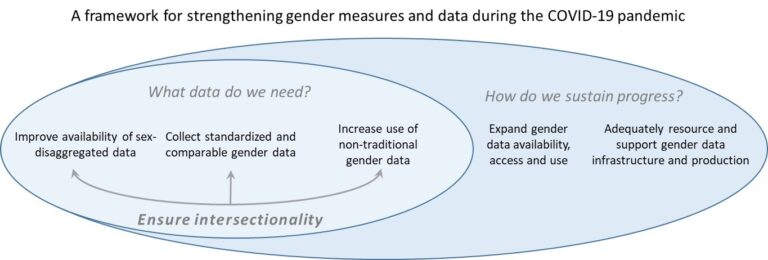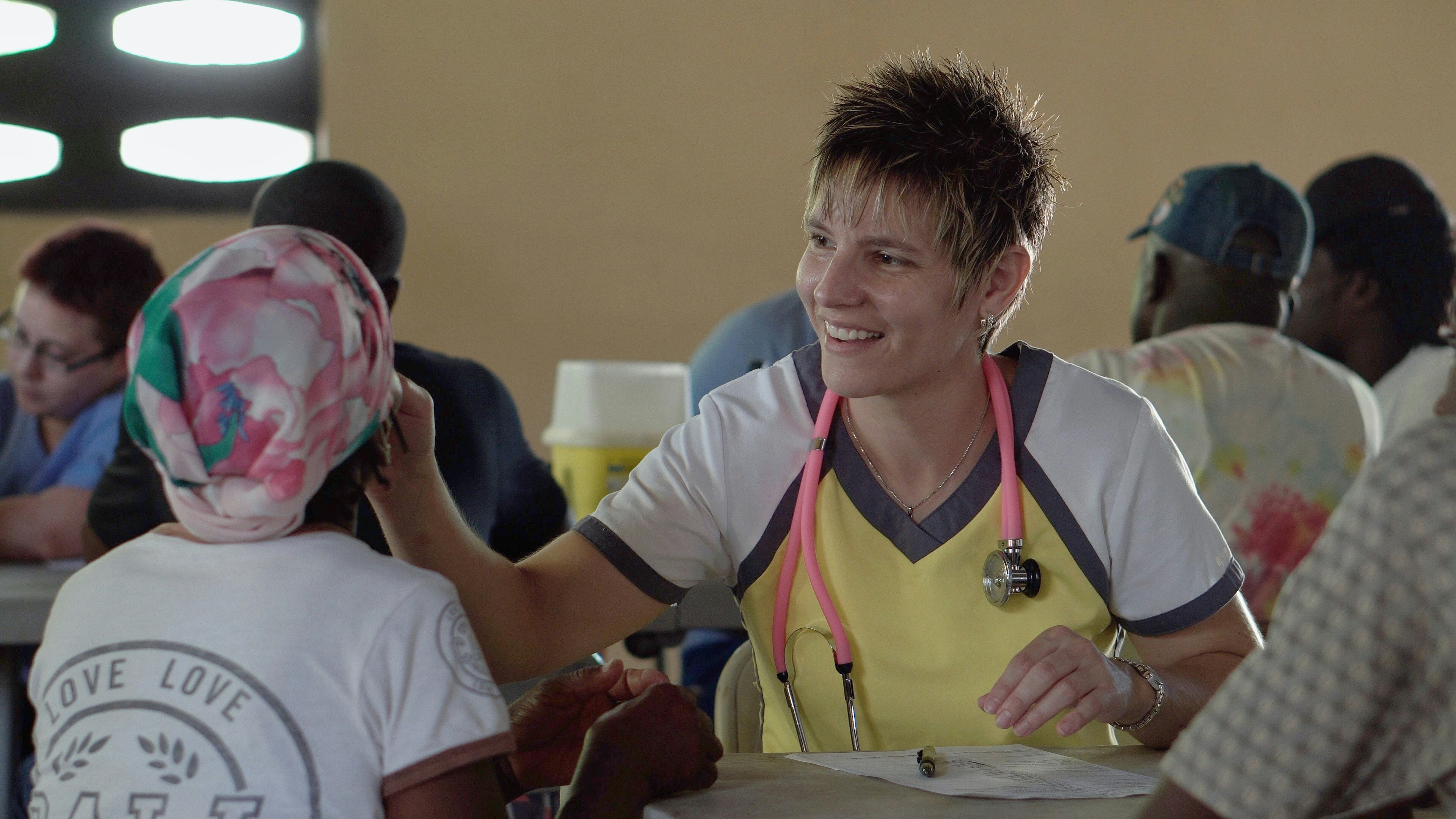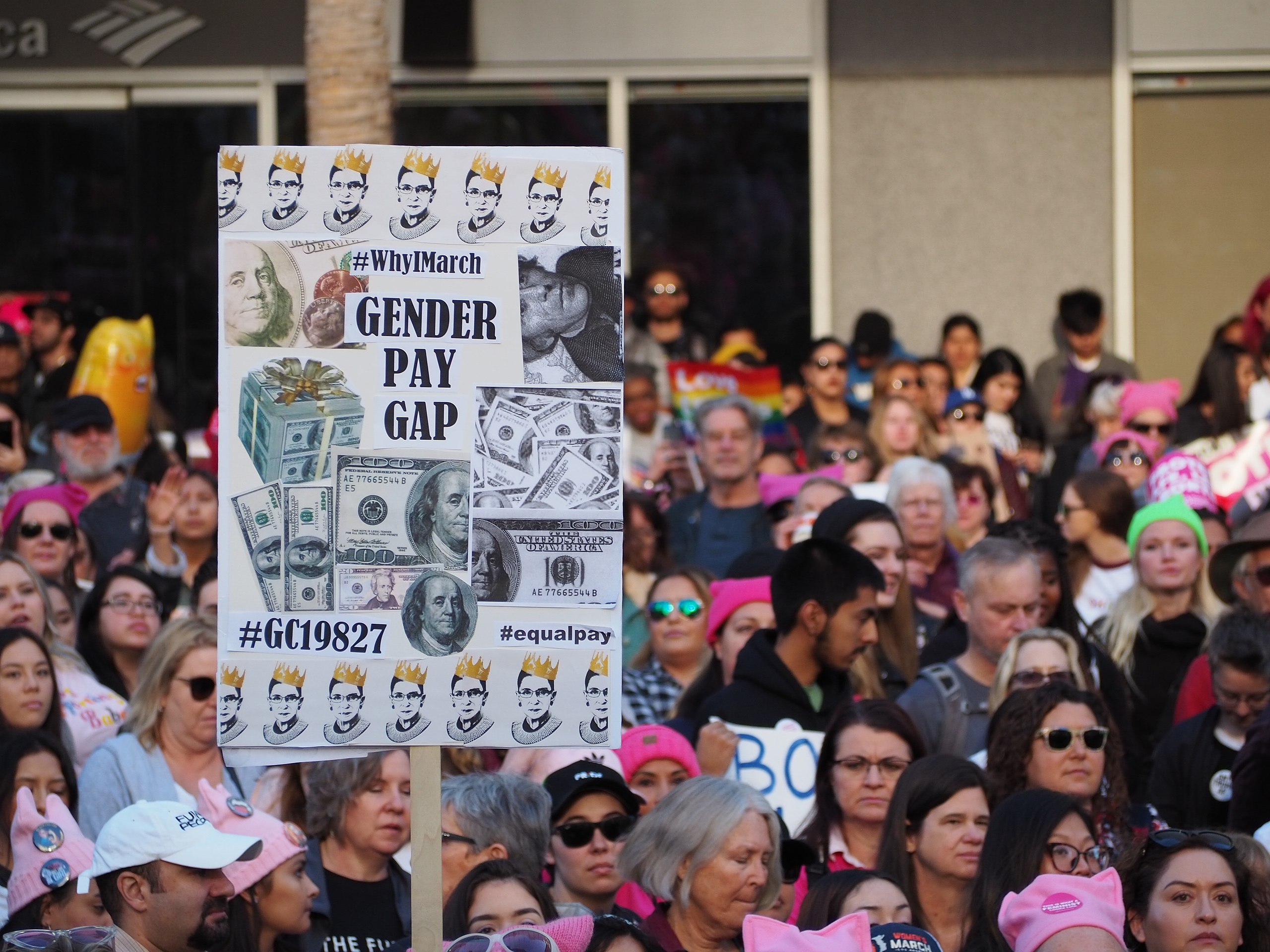Data production efforts have been seriously disrupted by the COVID-19 pandemic, impacting everything from data collection to subsequent data management, analysis, and communication. Layered onto these challenges is a host of existing data gaps, particularly around health, education, and economic opportunity. Without addressing these data gaps and collection obstacles, we cannot fully understand or address the gendered impacts of the pandemic.
The collection and use of timely, reliable sex-disaggregated data is not only critical to recognizing and addressing gender inequalities, it is essential to global economic recovery. By choosing now to commit to increased data collection and use, we will build a foundation better prepared for future shocks. Everyone—from senior managers in national statistical systems and survey managers to funders, multilateral agencies, and research partners—has a role to play.

In a joint brief, we call for action in five key areas:
1. Disaggregate COVID-19 data by sex and other key characteristics, such as age, disability, and health conditions. This work must be done consistently to effectively analyze the health and socio-economic impacts of the pandemic. However, currently only one in three countries regularly reports sex-disaggregated estimates of cases and deaths related to COVID-19.
2. Collect standardized, comparable, gender-intentional data in areas where women’s and girls’ lives may be disproportionately affected by COVID-19. Gender-based violence, paid work, unpaid care work and access to services are just some important examples where major data gaps persist or have been exacerbated. Tracking and analyzing how governments respond, and are using data to ensure accountability, is also crucial. In another recent blog, we highlighted the role that international statistical standards such as those on work can play in achieving this.
3. Increase the use of non-traditional gender data to fill critical gender data gaps. Data from social and traditional media activity and internet use, mobile device-generated geospatial data, and the private sector may provide critical insights in a shorter time frame than traditional data sources. While they will not replace well-designed household surveys as a key source of information on labour, these types of non-traditional sources may be harnessed to inform pandemic-related forecasting. The nowcasting models underlying the ILO’s COVID-19 monitor series is a good example of traditional and non-traditional sources being used in tandem to great effect. Ensuring ethical governance of data not originally gathered for statistical purposes, of course, will be critical.
4. Share COVID-19-related gender data widely and use it to inform decision-making. Pandemic policy responses to date have been largely gender-unintentional. For example, a mere 8 percent of social protection and labor market measures have directly addressed unpaid care. For policy measures to be effective, they must reflect what the data is telling us, yet global progress is hindered by limitations in data access and underuse of available data in framing and evaluating policy.
5. Resource and support coordinated data infrastructures that produce gender data. Substantial investment in data infrastructures is critical, both now and post-pandemic. The past year has placed a strain on over-stressed and under-funded data systems. Prior to the pandemic, only 13 percent of countries had a dedicated budget for collecting and analyzing gender data and household survey systems are often under resourced severely limiting the ability of countries to undertaken essential data collection. Country-level economic impacts from COVID-19 are likely to erode national budgets further, exacerbating funding and data gaps. Modernizing data collection and strengthening data infrastructures is an investment that will serve us now and also prepare our systems to better respond to future shocks.
Read the brief

Strengthening gender measures and data in the COVID-19 era: An urgent need for change
The ILO has joined with partners in the production and use of gender statistics to issue a call to action to improve gender data, building on lessons learned and gaps exposed or exacerbated during the COVID-19 pandemic. This brief highlights 5 key areas where strong and decisive action is required to achieve sustainable improvement in the availability of key gender data, including in the world of work.
This moment presents both a choice and an opportunity. We can continue flying blind, designing policy responses in a vacuum. Or we can invest in our own recovery by prioritizing and funding the collection of data that gives us a true picture of the challenges we face. We have an opportunity to build the foundation of a robust and responsive data system—a system that will further empower us to design smart, targeted policies that achieve real impact. At the ILO we have a long track-record of promoting improvements in the availability of gender relevant data, and we look forward to continuing on this path alongside our partners.
Author
-

Kieran Walsh
Kieran is head of the ILO Department of Statistics’ Statistical Standards and Methods Unit.












